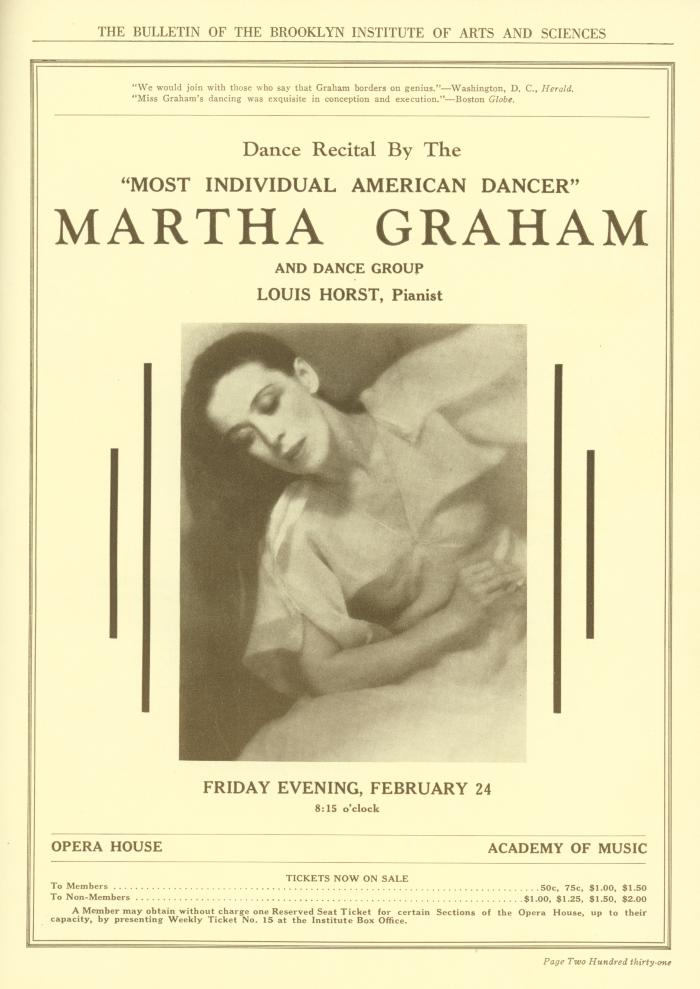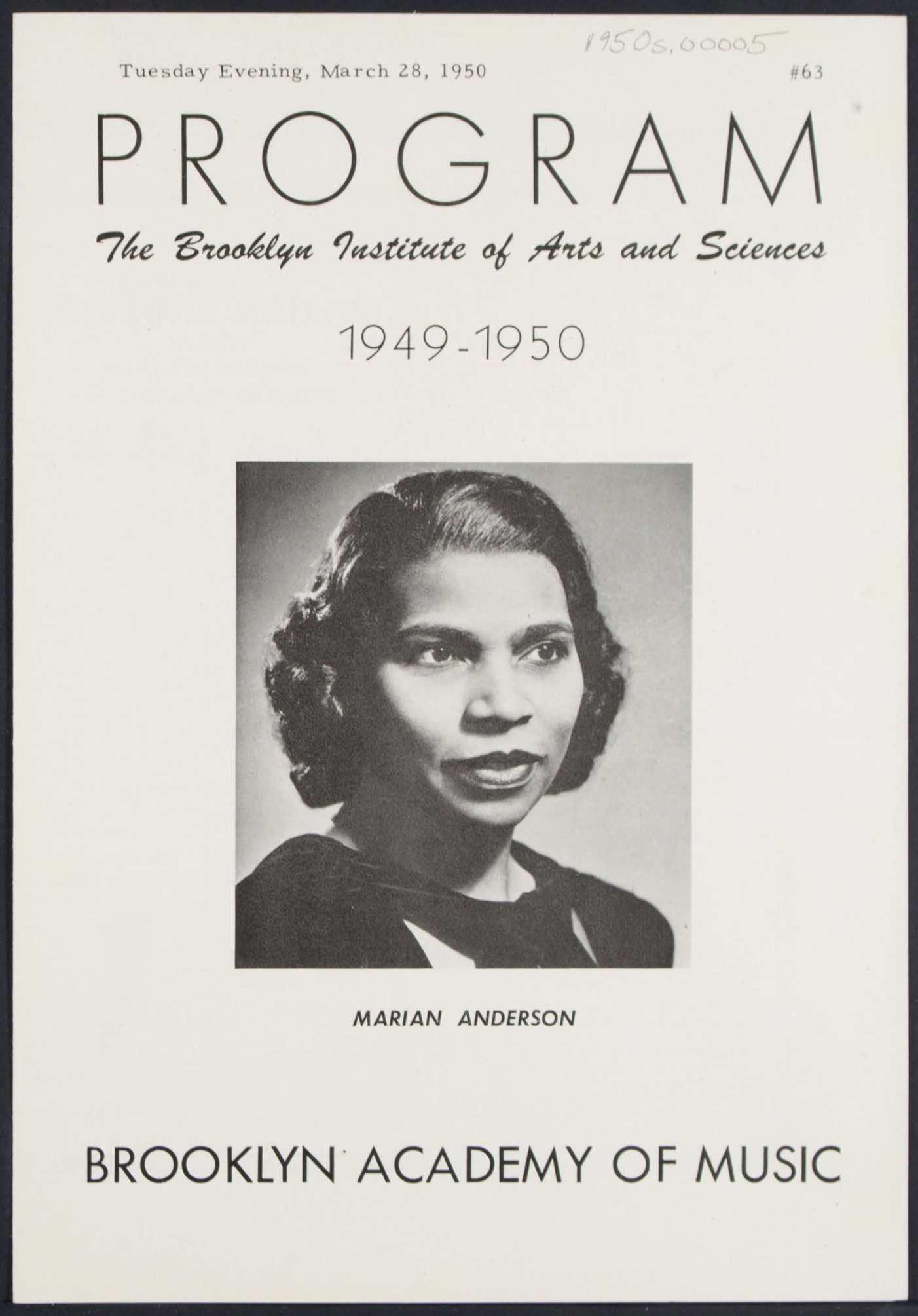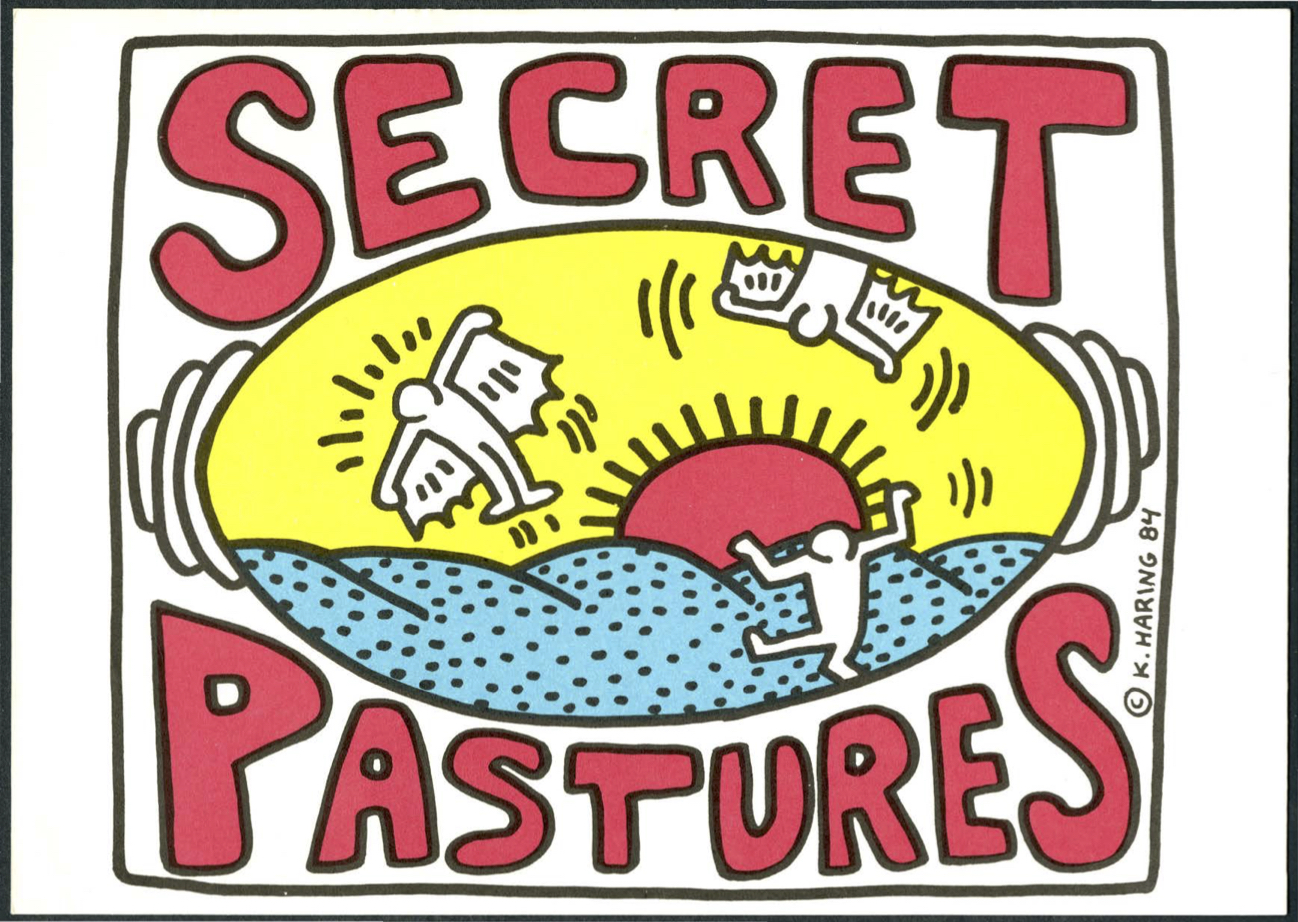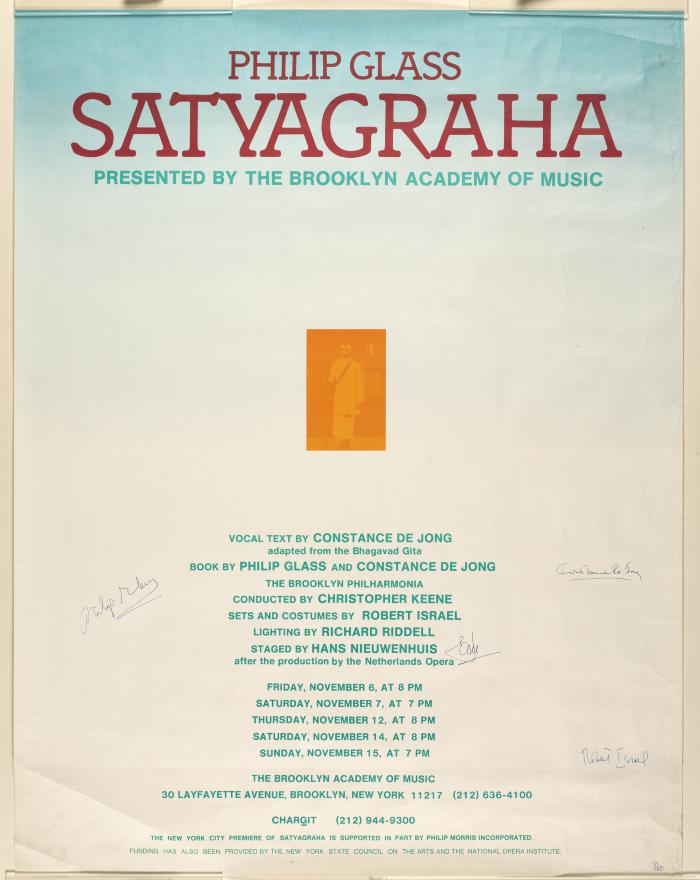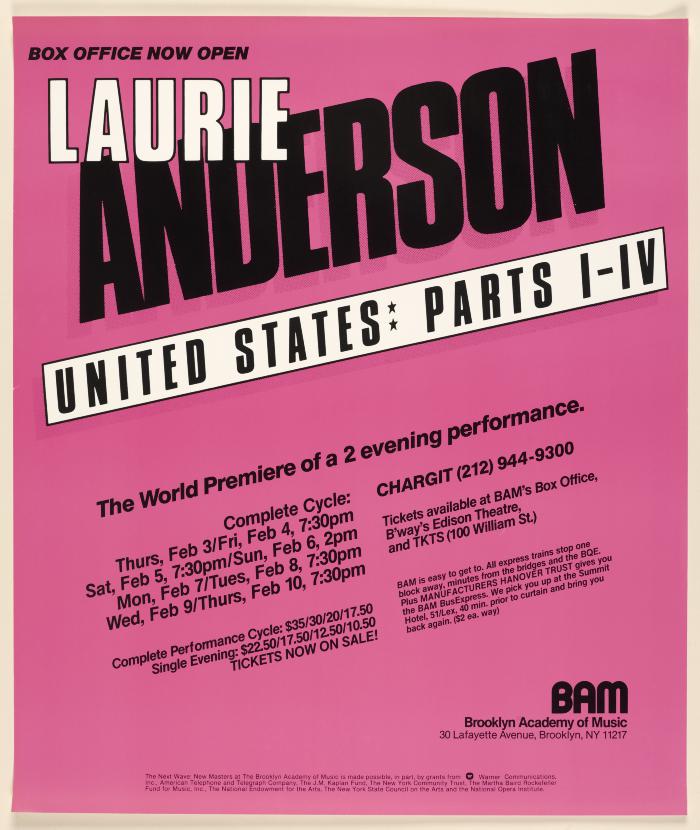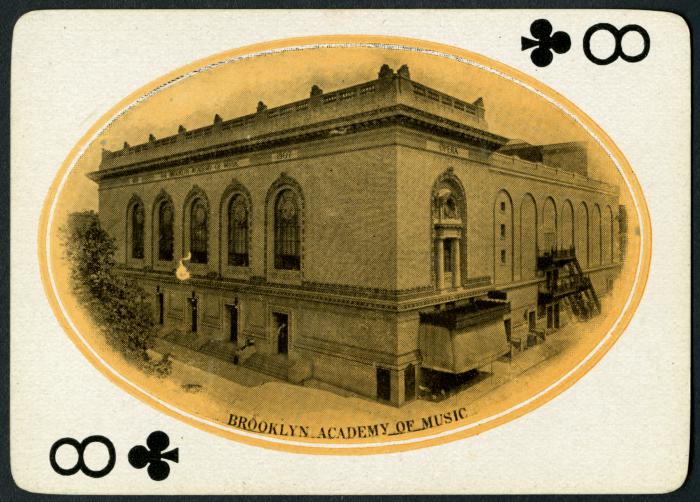[Most Recent Entries] [Calendar View]
Wednesday, August 23rd, 2017
- Poker Concepts: preflop ranges, 3-betting, continuation betting, check-raising, floating, bet sizing, implied odds, polarization, ICM theory, data mining in poker
- Math Concepts: probability and expectation, variance and the Law of Large Numbers, Nash Equilibrium
- General Concepts: decisions vs. results, exploitative play vs. balanced play, risk management
| Time | Event |
| 2:00p | What’s a Scientifically-Proven Way to Improve Your Ability to Learn? Get Out and Exercise
Wikimedia Commons Image by the U.S. Navy The benefit, nay necessity, of physical exercise is undeniable. The medical community has identified sedentary lifestyles as an epidemic, sometimes called “sitting disease” (or as people like to say, “sitting is the new smoking”). Prolonged sitting has been established as a cause of all sorts of chronic illnesses including heart disease, diabetes, and even certain cancers. Combine this problem with the steady stream of processed foods in more and more diets and we have a full-blown public health crisis on our hands that requires some serious intervention on the part of doctors, dieticians, physical therapists, and scientists. And as more and more researchers are finding out, a poor diet and lack of exercise can also have seriously harmful effects on the brain. Conversely, as a recent University of California study shows, exercise boosts brain function; it “enhances learning and memory, improves executive function” and “counteracts… mental decline.” To put the theory of enhanced learning to the test, researchers have conducted several experiments and found that physical activity can improve the ability to learn new things at nearly any age. Studies have “found correlations between children’s aerobic fitness and their brain structure,” reports The New York Times, and kids who exercise before math and reading tests show consistently higher scores than their sedentary peers. Likewise, a study conducted with college students in Ireland found that participants performed significantly better on memory tests after 30 minutes of cycling. One likely explanation is that exercise increases the production of BDNF (Brain-Derived Neurotropic Factor), a protein that promotes nerve health. And in a new paper published by researchers from Italy, China, and Thailand, we find that that exercise can specifically improve the ability to learn new languages. The study tested 40 college-age Chinese students who are learning English. One group remained sedentary, while another rode exercise bikes at a moderate pace both before and during study sessions. The students who biked performed better on 8 separate vocabulary tests and were better able to recognize correct English sentences. These results are similar to those of a recent German study which found that a group of young women riding exercise bikes, at slow and moderate paces, performed much better on vocabulary tests than another group who didn’t exercise. Though The New York Times points to a different study with contrasting results, the evidence seems largely on the side of exercise-enhances-learning proponents. “In recent years,” the Times notes, “a wealth of studies in both animals and people have shown that we learn differently if we also exercise.” You’ll find many of those studies summarized at the BBC, The Guardian, and elsewhere, along with several possible explanations for the phenomenon. Psychologist Justin Rhodes notes that “aerobic exercise can actually reverse hippocampal shrinkage,” increasing gray matter in an area of the brain associated with memory and emotion. His contention is backed by recent research on mice and humans. In any case, although it appears that more vigorous exercises like cycling and running create the most improvement, taking a brisk walk before a class or study session can also help with retention and alertness. Whatever kind of exercise one does, a simple “take-home message,” says one researcher, “may be that instruction should be flanked by physical activity. Sitting for hours and hours without moving is not the best way to learn.” Having trouble getting motivated to run or bike before you study for that math test or start a new language course? Take some advice from Harvard Medical School on how to start slowly, find something you like doing, and turn everyday activities into exercise. Related Content: Why Sitting Is The New Smoking: An Animated Explanation Josh Jones is a writer and musician based in Durham, NC. Follow him at @jdmagness What’s a Scientifically-Proven Way to Improve Your Ability to Learn? Get Out and Exercise is a post from: Open Culture. Follow us on Facebook, Twitter, and Google Plus, or get our Daily Email. And don't miss our big collections of Free Online Courses, Free Online Movies, Free eBooks, Free Audio Books, Free Foreign Language Lessons, and MOOCs. |
| 5:11p | How to Win at Texas Hold ‘Em: A Free MIT Course In 2015, we featured a short MIT course called Poker Theory and Analytics, which introduced students to poker strategy, psychology, and decision-making in eleven lectures. Now comes a new course, this one more squarely focused on Texas Hold 'Em. Taught by MIT grad student Will Ma, the course "covers the poker concepts, math concepts, and general concepts needed to play the game of Texas Hold'em on a professional level." Here's a quick overview of the topics the course delves into in the 7 lectures above (or find them here on YouTube). You can find the syllabus, lecture slides and assignments on this MIT website. How to Win at Texas Hold 'Em will be added to our collection, 1,250 Free Online Courses from Top Universities. Follow Open Culture on Facebook and Twitter and share intelligent media with your friends. Or better yet, sign up for our daily email and get a daily dose of Open Culture in your inbox. If you'd like to support Open Culture and our mission, please consider making a donation to our site. It's hard to rely 100% on ads, and your contributions will help us provide the best free cultural and educational materials. Related Content: MIT’s Introduction to Poker Theory: A Free Online Course 150 Free Online Business Courses Learn Python with a Free Online Course from MIT How to Win at Texas Hold ‘Em: A Free MIT Course is a post from: Open Culture. Follow us on Facebook, Twitter, and Google Plus, or get our Daily Email. And don't miss our big collections of Free Online Courses, Free Online Movies, Free eBooks, Free Audio Books, Free Foreign Language Lessons, and MOOCs. |
| 7:00p | Hear What Music Sounds Like When It’s Created by Synthesizers Made with Artificial Intelligence When synthesizers like the Yamaha DX7 became consumer products, the possibilities of music changed forever, making available a wealth of new, often totally unfamiliar sounds even to musicians who'd never before had a reason to think past the electric guitar. But if the people at Project Magenta keep doing what they're doing, they could soon bring about a wave of even more revolutionary music-making devices. That "team of Google researchers who are teaching machines to create not only their own music but also to make so many other forms of art," writes the New York Times' Cade Metz, work toward not just the day "when a machine can instantly build a new Beatles song," but the development of tools that allow artists "to create in entirely new ways." Using neural networks, "complex mathematical systems allow machines to learn specific behavior by analyzing vast amounts of data" (the kind that generated all those disturbing "DeepDream" images a while back), Magenta's researchers "are crossbreeding sounds from very different instruments — say, a bassoon and a clavichord — creating instruments capable of producing sounds no one has ever heard." You can give one of the results of these experiments a test drive yourself with NSynth, described by its creators as "a research project that trained a neural network on over 300,000 instrument sounds." Think of Nsynth as a synthesizer powered by AI. Fire it up, and you can mash up and play your own sonic hybrids of guitar and sitar, piccolo and pan flute, hammer dulcimer and dog. In the video at the top of the post you can hear "the first tangible product of Google's Magenta program," a short melody created by an artificial intelligence system designed to create music based on inferences drawn from all the music it has "heard." Below that, we have another piece of artificial intelligence-generated music, this one a polyphonic piece trained on Bach chorales and performed with the sounds of NSynth. If you'd like to see how the creation of never-before-heard instruments works in a bit more depth, have a look at the demonstration just above of the NSynth interface for Ableton Live, one of the most DJ-beloved pieces of audio performance software around, just above. Hearing all this in action brings to mind the moral of a story Brian Eno has often told about the DX7, from which only he and a few other producers got innovative results by actually learning how to program: as much as the prospect of AI-powered music technology may astound, the music created with it will only sound as good as the skills and adventurousness of the musicians at the controls — for now. Related Content: Artificial Intelligence Program Tries to Write a Beatles Song: Listen to “Daddy’s Car” Two Artificial Intelligence Chatbots Talk to Each Other & Get Into a Deep Philosophical Conversation Based in Seoul, Colin Marshall writes and broadcasts on cities and culture. He’s at work on the book The Stateless City: a Walk through 21st-Century Los Angeles, the video series The City in Cinema, the crowdfunded journalism project Where Is the City of the Future?, and the Los Angeles Review of Books’ Korea Blog. Follow him on Twitter at @colinmarshall or on Facebook. Hear What Music Sounds Like When It’s Created by Synthesizers Made with Artificial Intelligence is a post from: Open Culture. Follow us on Facebook, Twitter, and Google Plus, or get our Daily Email. And don't miss our big collections of Free Online Courses, Free Online Movies, Free eBooks, Free Audio Books, Free Foreign Language Lessons, and MOOCs. |
| 8:00p | Brooklyn Academy of Music Puts Online 70,000 Objects Documenting the History of the Performing Arts: Download Playbills, Posters & More
Yesterday the sad news broke that The Village Voice will discontinue its print edition. Co-founded by Norman Mailer in 1955 and providing New Yorkers with savvy music writing, raunchy advice columns, juicy exposés, reviews, entertainment listings, apartments, jobs, band members, terrible roommates, and pretty much anything else one might desire every week for over half a century, the paper will be missed. Though it won’t disappear online, the loss of the street-level copy in its comfortingly familiar red plastic box marks the abrupt end of an era. Those of us inclined to mourn its passing can take some solace in the fact that so many of the city’s key cultural institutions still persist.
Prominent among them, Brooklyn’s Academy of Music, or BAM, has been at it since 1861, when it began as the home of the Philharmonic Society of Brooklyn. It has inhabited its present Beaux Arts building in Fort Greene since 1908. In its 150 years as a performance space for opera, classical, avant-garde theater, dance, and music, and film, BAM has amassed quite a collection of memorabilia. This year, on its century-and-a-half anniversary, it has made 70,000 of those artifacts available to the public in its Leon Levy Digital Archive. Like future issues of the Voice, you cannot hold these in your hand, unless you happen to be one of the museum’s curators. But “researchers—or anyone else interested,” writes The New York Times, “can create personalized collections based on specific artists, companies or eras.”
The history represented here is vast and deep, by a young country’s standards. “Every presidential candidate made campaign stops there before there was television,” says former BAM president Karen Brooks Hopkins. “Mary Todd Lincoln was in the audience during the opening week of festivities. Then you have [Rudolph] Nuryev making his first performance in the West just after he defects, [Martha] Graham performing her last performance on stage….” These landmark moments notwithstanding, BAM has earned a reputation as a home for avant-garde performance art, and the collection certainly reflects that dimension among the 40,000 artists represented.
We have further up the postcard Keith Haring designed for a 1984 Bill T. Jones and Arnie Zane piece called Secret Pastures (Haring also designed the sets). We have the poster above for a 1981 performance of Philip Glass’ Satyagraha, his opera based on the life of Gandhi. And below, a poster for the 1983 world premier of Laurie Anderson’s United States: Parts I-IV. These objects come from BAM’s Next Wave Festival collection, which contains many thousands of photographs, playbills, and posters from the space’s more experimental side, many, though not all of them, downloadable.
Between the Civil War memorabilia and modernist documents, you’ll find all sorts of fascinating ephemera: photos of a very young Meryl Streep and Christopher Lloyd in a 1977 production of Happy End at the Chelsea Theater during a BAM Spring Series, or of an older Patrick Stewart in a 2008 Macbeth. Just below, we have a charming playing card featuring the Brooklyn Academy of Music’s Peter Jay Sharp building in 1909, the year after it was built. It’s an imposing structure that seems like it might last forever, though much of the vibrant creative work featured year after year at BAM may someday also move entirely into digital spaces. Enter the complete BAM digital archive here.
via The New York Times/Hyperallergic Related Content: The Theater Dictionary: A Free Video Guide to Theatre Lingo A Minimal Glimpse of Philip Glass Josh Jones is a writer and musician based in Durham, NC. Follow him at @jdmagness Brooklyn Academy of Music Puts Online 70,000 Objects Documenting the History of the Performing Arts: Download Playbills, Posters & More is a post from: Open Culture. Follow us on Facebook, Twitter, and Google Plus, or get our Daily Email. And don't miss our big collections of Free Online Courses, Free Online Movies, Free eBooks, Free Audio Books, Free Foreign Language Lessons, and MOOCs. |
| << Previous Day |
2017/08/23 [Calendar] |
Next Day >> |




